There are two kinds of people: People who think everything can be divided into two groups, and people who think this is an oversimplification. There are additional kinds of people as well — namely, people who’ve never given the matter any thought.
Every time you think stuff falls neatly on a single scale, open you mind. Scales go further than that.
Prepare for Sixth-Degree Burns
A third-degree burn sounds just about as bad as it gets. The other day, we were telling you about someone who jumped into a Yellowstone pool and wound up with third-degree burns all over their body, and they died. A first-degree burn is a surface injury like a sunburn, a second-degree burn is deeper and may scar and a third-degree burn destroys the skin, nerves included. A third-degree burn definitely needs a graft (unless you make things convenient for the doctor by dying first, like the Yellowstone guy).
But burns can be worse than third-degree. What if, in addition to destroying the skin, the injury reaches your fat? That’s a fourth-degree burn.
Extend that burn into your muscle, and that qualifies as fifth-degree. If it goes all the way through the muscle and hits bone, you’ve got yourself a sixth-degree burn. When you think about it, it makes total sense that burns can get worse than third-degree. If boiling liquids can give you a third-degree burn, we need some higher categories to show what happens when you hold your foot directly into a fire for an hour.
Close Encounters Go Further, in Both Direction
“Third-degree” always sounds like it means “intense.” We also refer to an intense interrogation as “giving someone the third degree,” with no idea of what the other degrees may be. This phrase has its origins with the interrogation style of 19th-century NYPD Detective Thomas F. Byrnes, who called his grilling “the third degree of initiation.” It’s possible there were no other degrees of interrogation, and he was cracking a joke, based on his own name, which sounds like “burns.” We’d been classifying burns by degree since the 18th century.
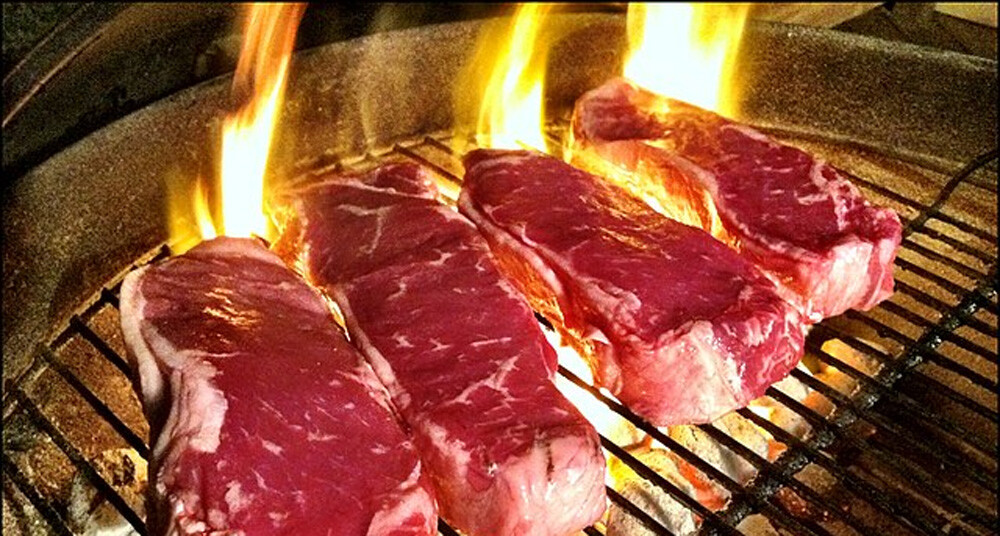
For another example of “third” sounding extreme, you’ve got “close encounters of the third kind.” It sounds like an intense alien encounter, and you can be familiar with the movie Close Encounters of the Third Kind without having any idea about what a first- or second-degree encounter would entail. The term refers to a scale of UFO sightings created by Smithsonian astronomer J. Allen Hynek, and the third kind is actually the sixth level of encounter.
The first level is seeing lights at night. Second is daylight discs, seeing a UFO in the daytime. Third is something that shows up on radar. Then come the close encounters. The first close kind is when someone says they see a UFO in detail from less than 150 feet away. The second kind leaves physical evidence, like smooshing the grass. The third kind involves seeing an occupant of the flying object.

Columbia Pictures
Other people have suggested extending the scale even further, calling alien abductions “the fourth kind” of encounter and human-initiated communications “the fifth kind.” However, you’ll notice that nothing in the original scale explicitly refers to aliens. It just refers to UFOs, flying objects of all types. If Canada sends one of their spy blimps to your house, and you spot it without knowing what it is, that is a close encounter with a UFO. However, if they take you against your will, don’t call that a fourth-kind encounter. Call that extraterritorial abduction, and demand to call your embassy.
The Richter Scale Goes Higher Than You Think
You’ve heard of big earthquakes. A quake that’s 8 on the Richter scale is huge, and the biggest quake ever recorded was around a 9.5. So, you might assume that quakes lie on a scale from 1 to 10, with 10 being the maximum. That’s not so far from the truth, but it’s not quite right.
The first thing you need to know about earthquake scales is they’re not linear. They’re logarithmic. A 10.0 quake wouldn’t be 10 times the strength of a 1.0 quake. It would be 10 times the strength of a 9.0 quake. 9.0 is 10 times 8.0, 8.0 is 10 times 7.0, etc. And while the scale we use has indeed been picked so the largest quake ever clocks in at just under 10, it doesn’t have any kind of mathematical maximum.
Maybe an entire 2,000-mile fault over in the Pacific Ocean will jerk 250 feet one day, and we’ll get a quake that breaks the 10 level. When an asteroid hit Earth 66 million years ago and led the dinosaurs to die out, it set off quakes that registered as 11 or more.
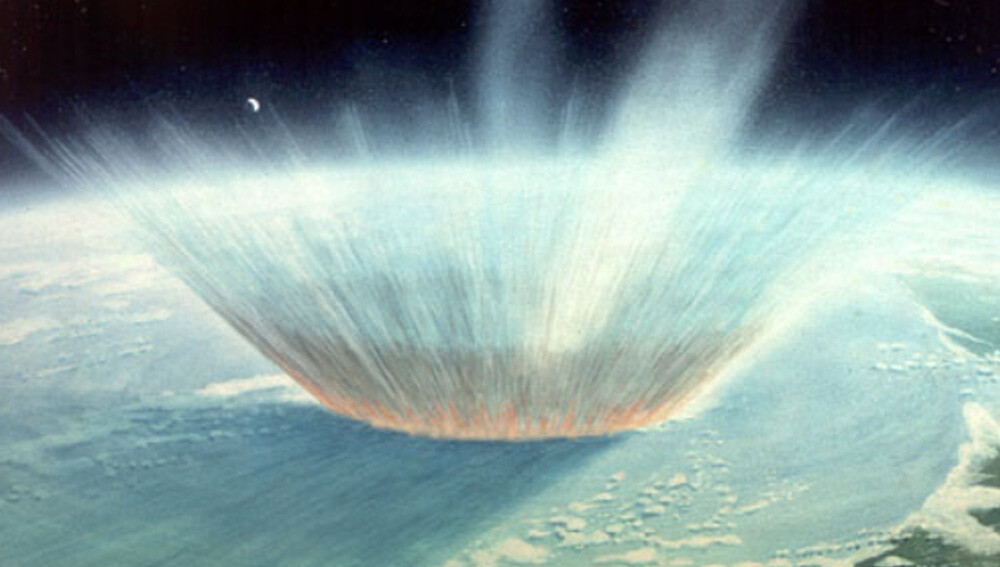
If you find the Richter scale complicated, you might wonder why anyone still uses it. The fact is, they don’t. No one’s used the scale in years. The current scale that measures earthquakes is called the moment magnitude scale, and it was created 44 years after the Richter scale. News reports use the moment magnitude scale, but they call it the Richter scale because if they called it the moment magnitude scale, no one would have any idea what they’re talking about.
There Are 19 Levels of Ice. You’ve Seen Just One
Water comes in three states, with the solid one being called “ice.” But ice itself comes in some 19 different phases, taking a variety of different forms. You’re used to Ice Ih, in which the molecules are arranged in hexagonal crystals, like so:
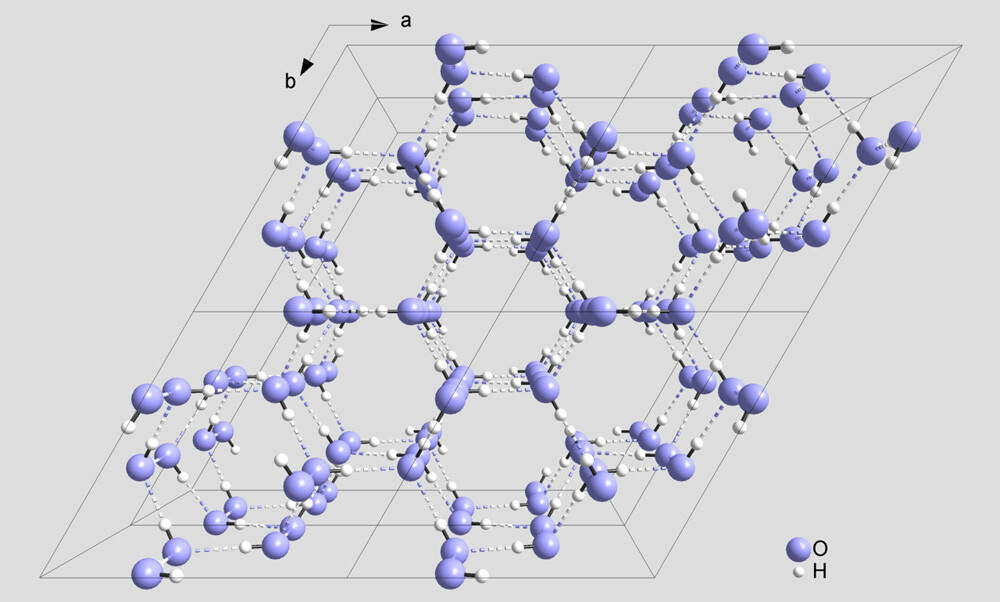
But what about Ice VII, in which the molecules form cubes? Not visible cubes, because any ice can form macro cubes, but cubes on a molecular level. There’s no Ice VII on Earth, but we think the stuff might be all over the moon Europa.
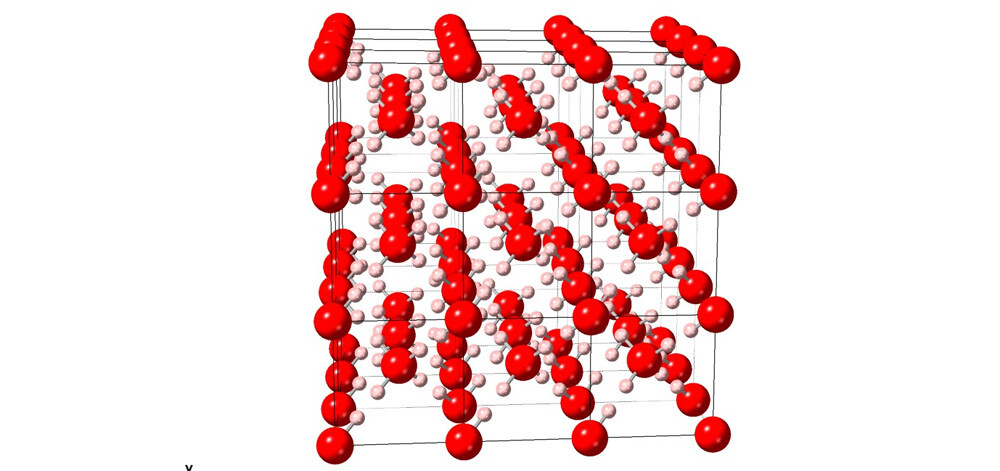
And let’s not forget Ice XVI. It’s deeply unstable, and above 150 Kelvin, it collapses into Ice Ic, which is a lame phase of ice that no one wants.
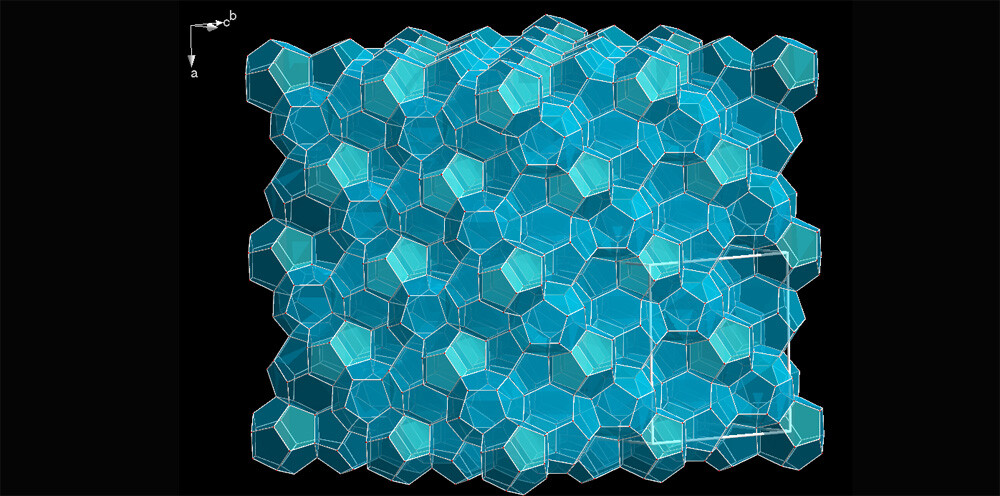
Once we venture into space and come upon vast ice deposits, beware. You might stumble on the wrong kind of ice, and then, you must flee.
The Universe Is Young. This Is Just the Second Stage
When we describe history, we divide it as a series of eras, with the current one being the last. We had the Stone Age, then the Bronze Age, then the Iron Age, and now we need some name or another to explain what age we’re presently in (the Information Age, or the Silicon Age). Or, we describe human evolution as a series of increasingly smart hominids, with Homo sapiens coming right at the end. We generally don’t assign names to eras that haven’t started yet, since we have no idea what’s going to happen then.

But when we expand our scope past petty human matters and look at the wider universe, we do have to predict what comes next. Our universe is past its earliest stage. That was the Primordial Era. Now, we’re in the Stelliferous Era, the age of stars.
Next will come the Degenerate Era, in which yellow dwarfs like our Sun no longer dominate, and white dwarfs and neutron stars will take over. Then comes the Black Hole Era. Black Holes will be all that remain, and then even those will go. That will take us to the Dark Era. No more matter will exist, just disparate subatomic particles moving farther and farther apart.
If it’s any consolation, you probably won’t live long enough to see any of that. You probably won’t even live long enough to see Tuesday.
Follow Ryan Menezes on Twitter for more stuff no one should see.

